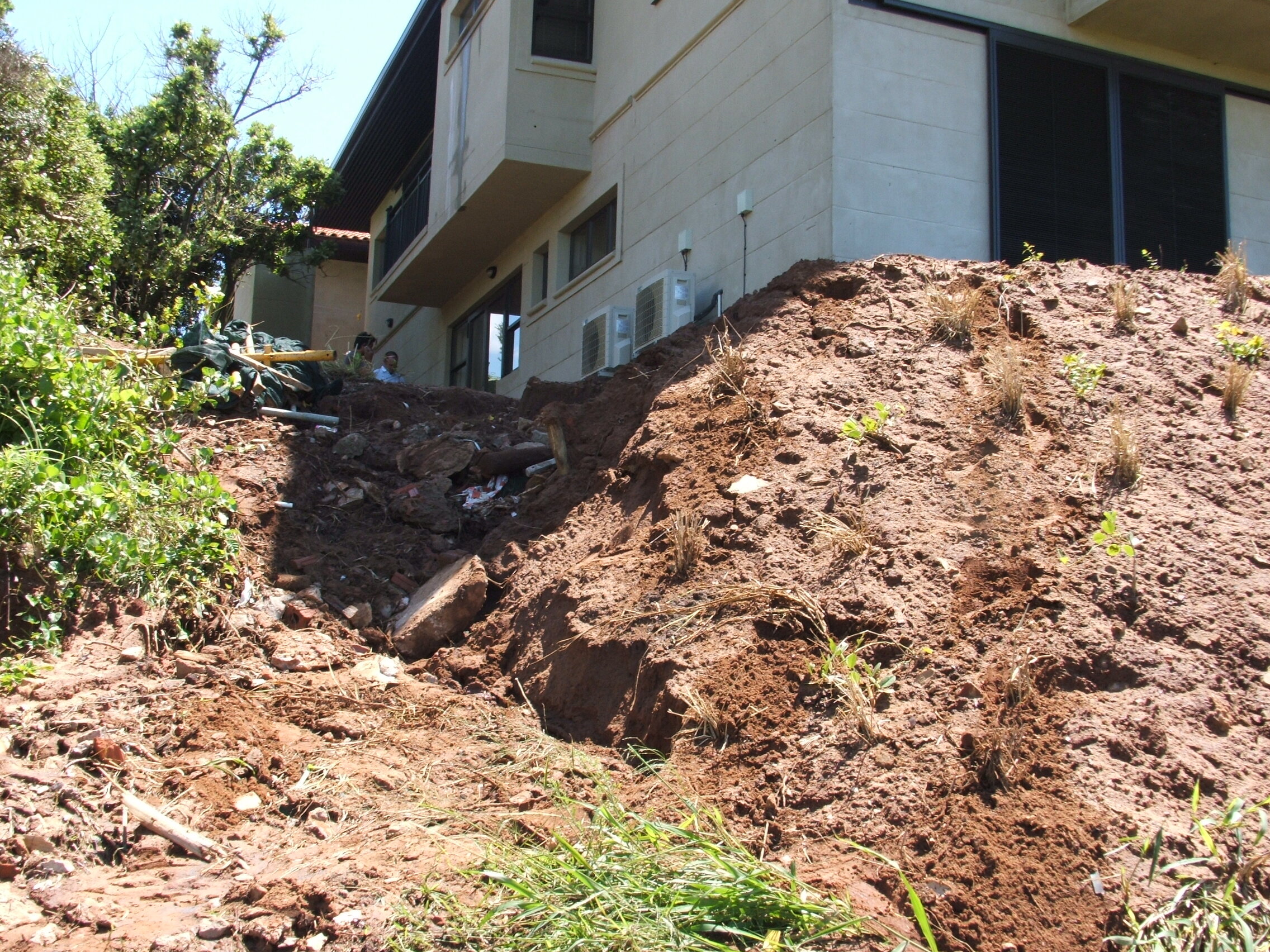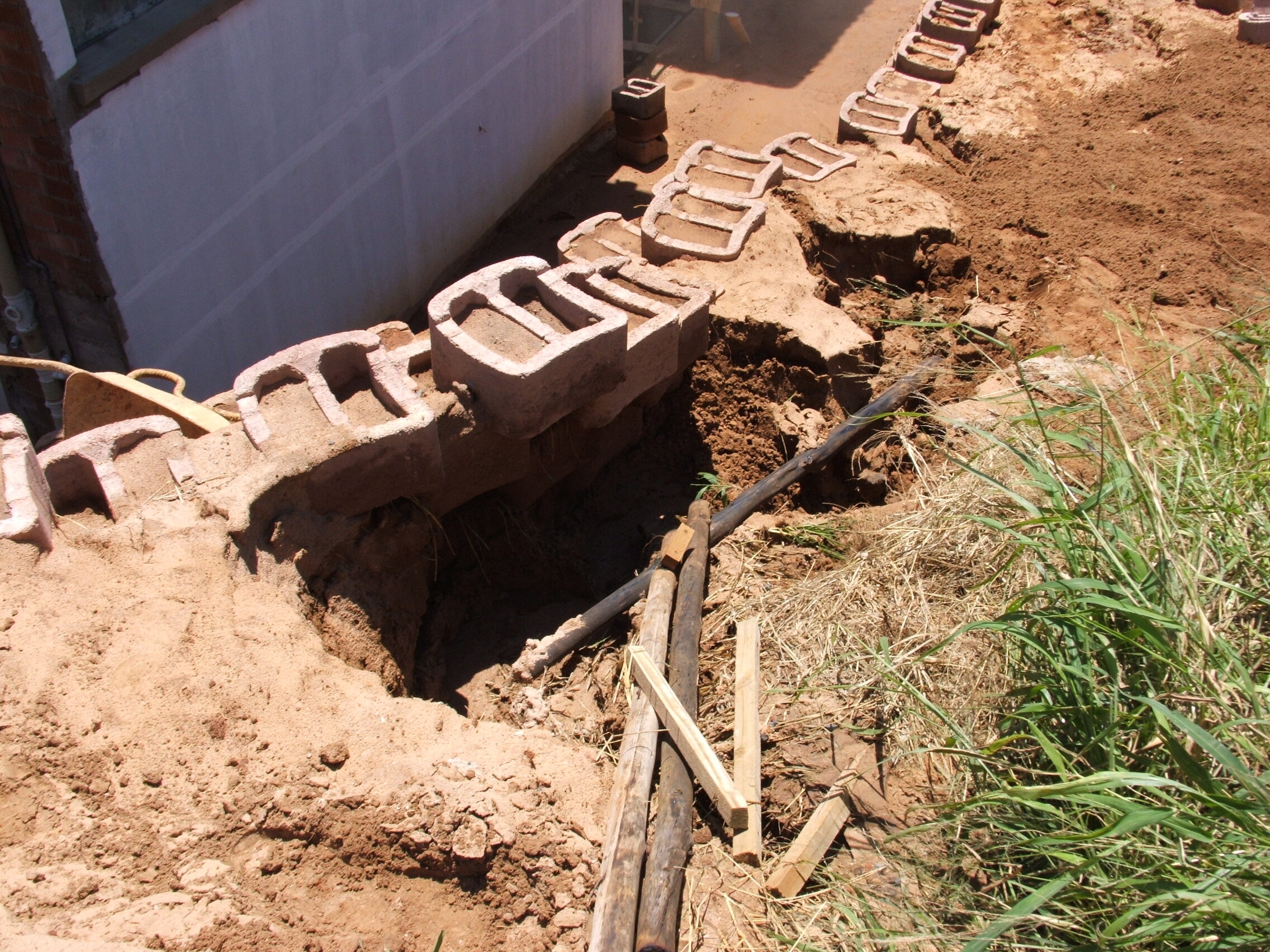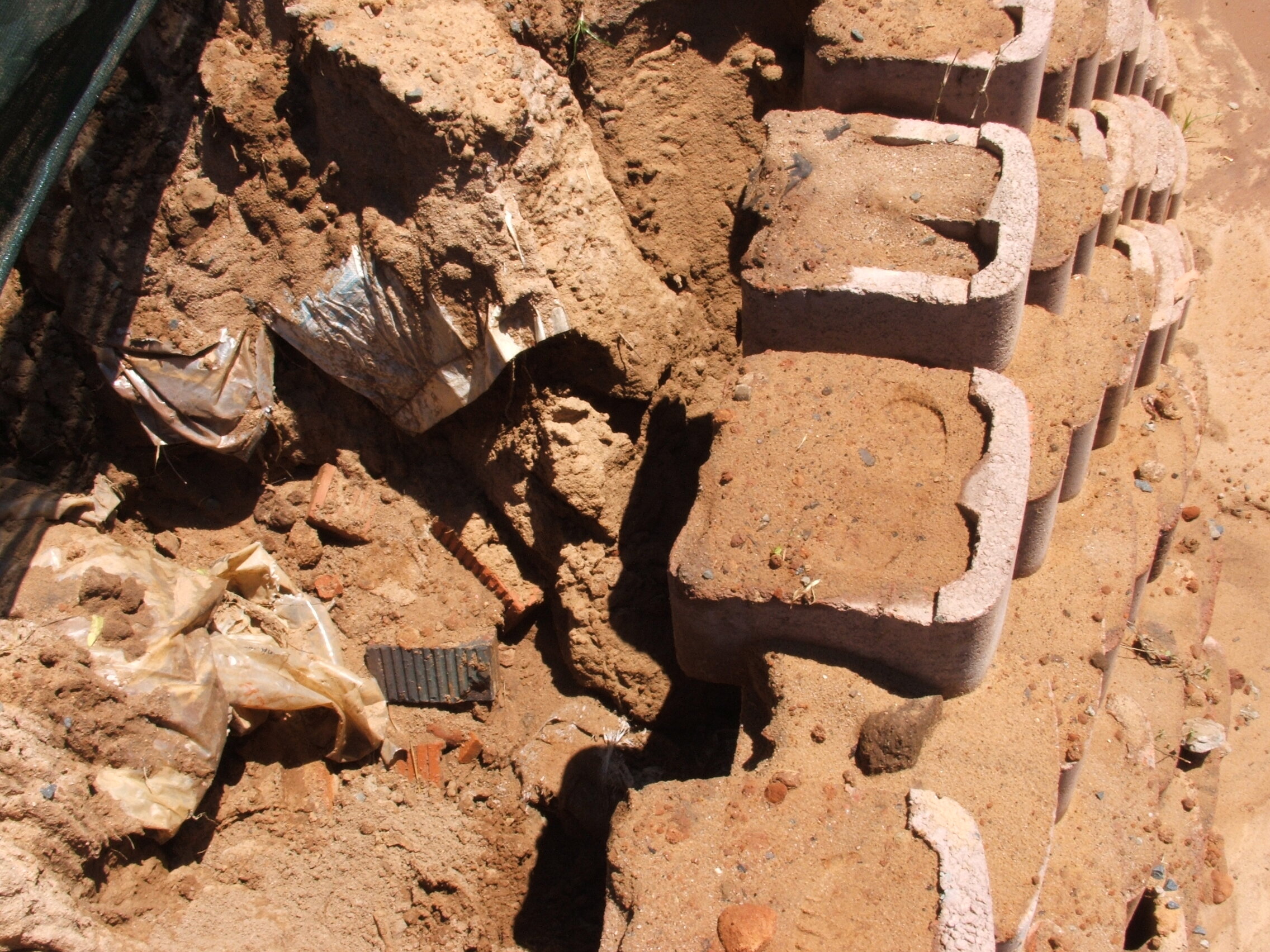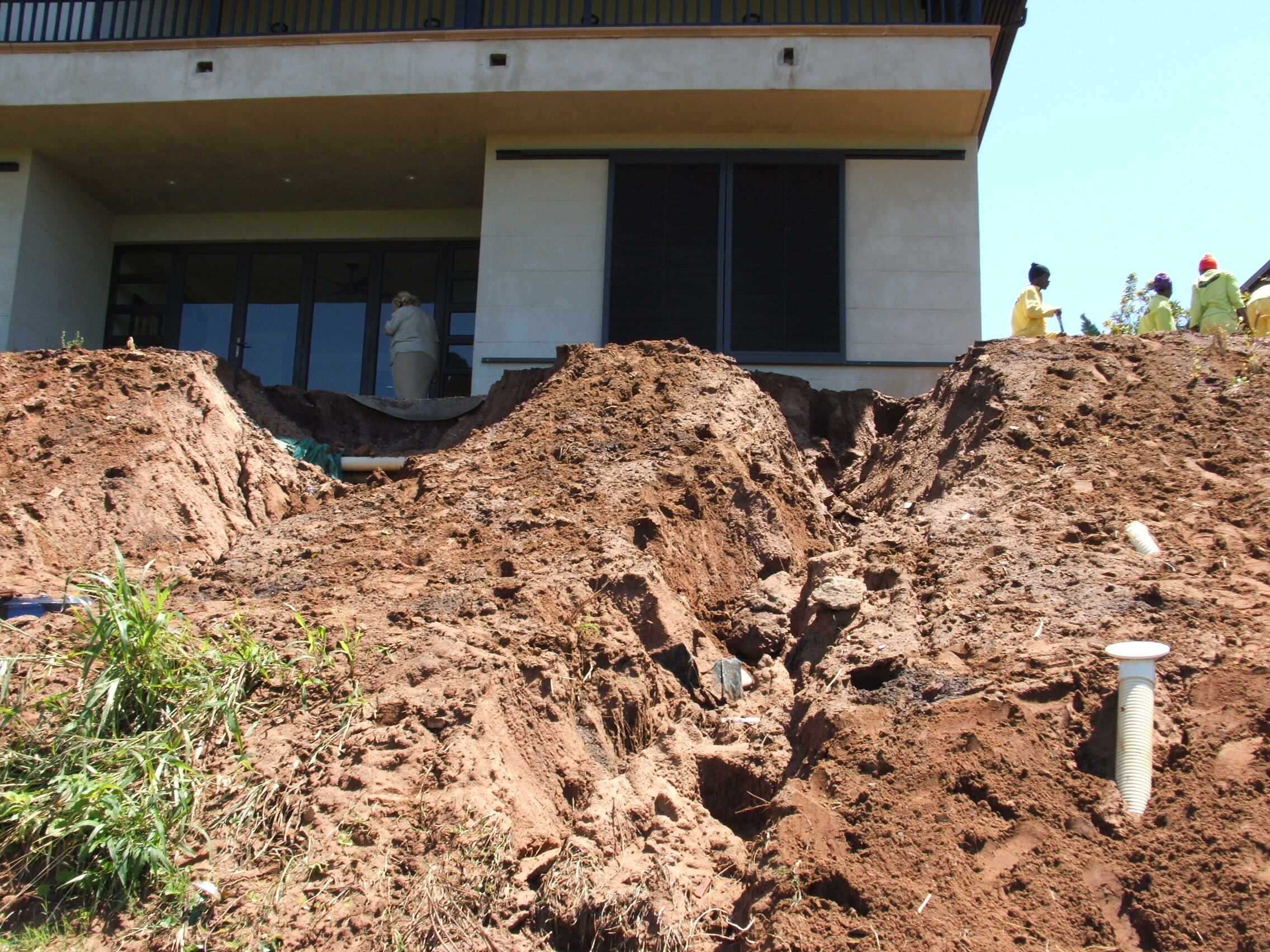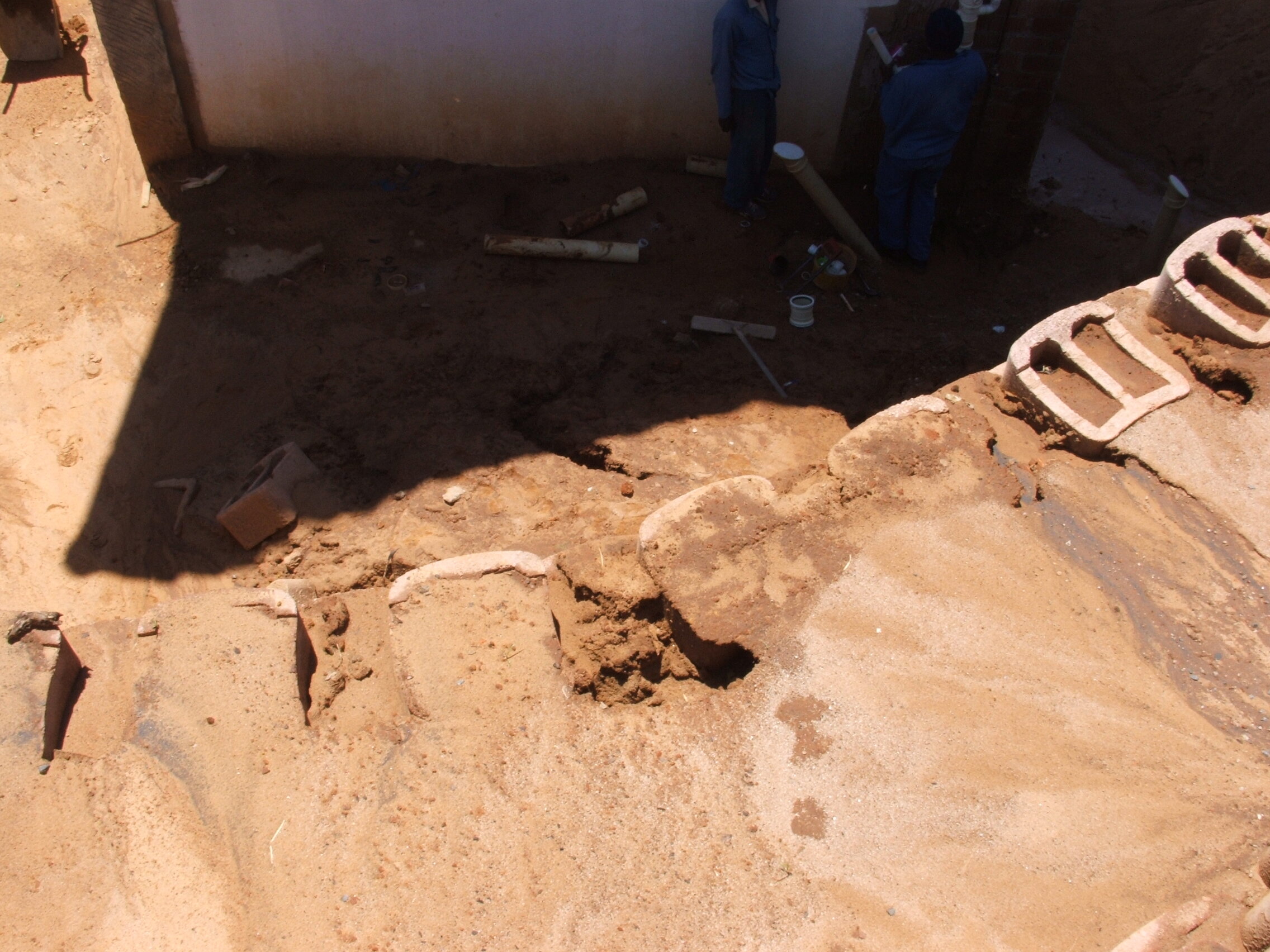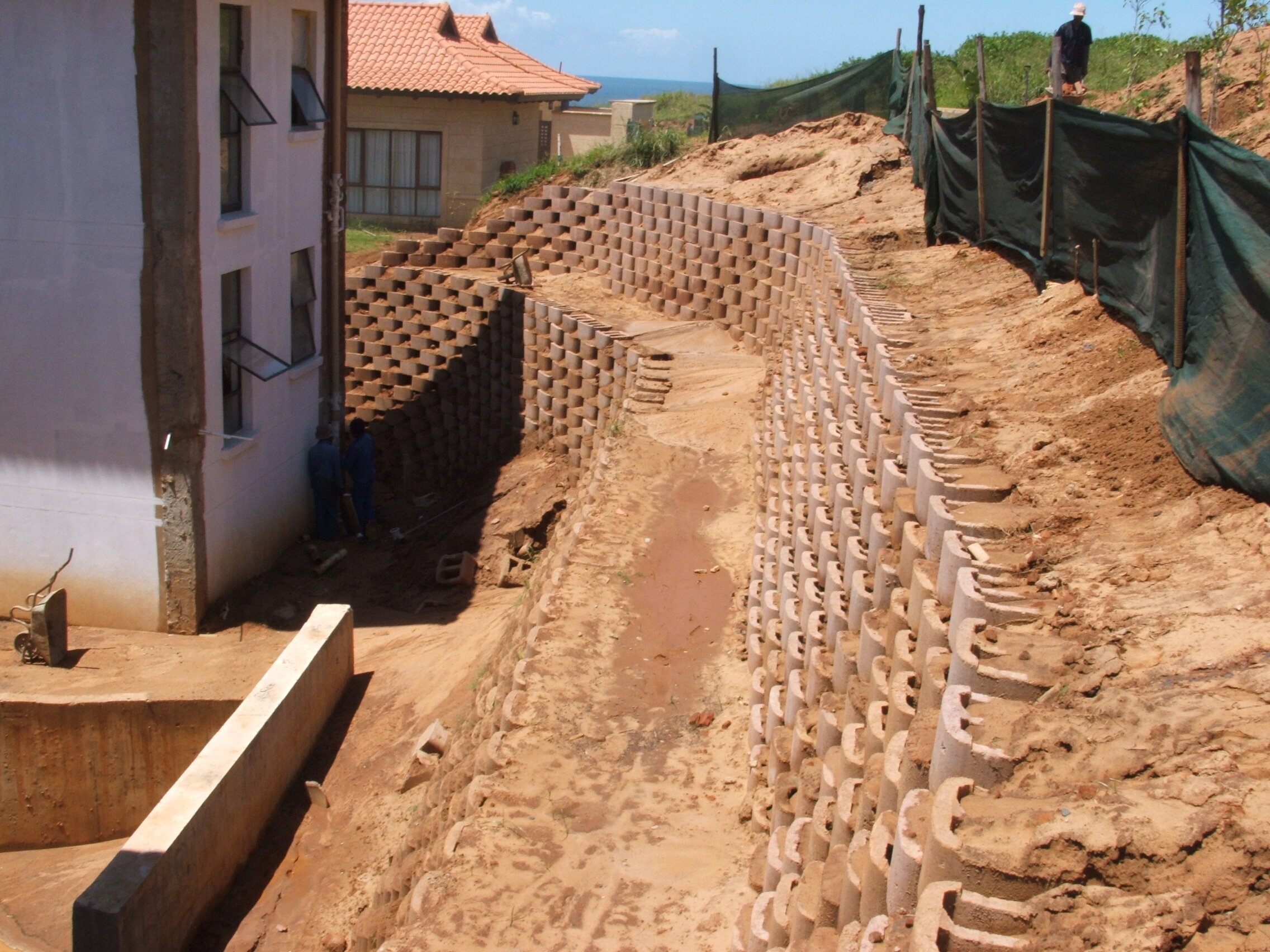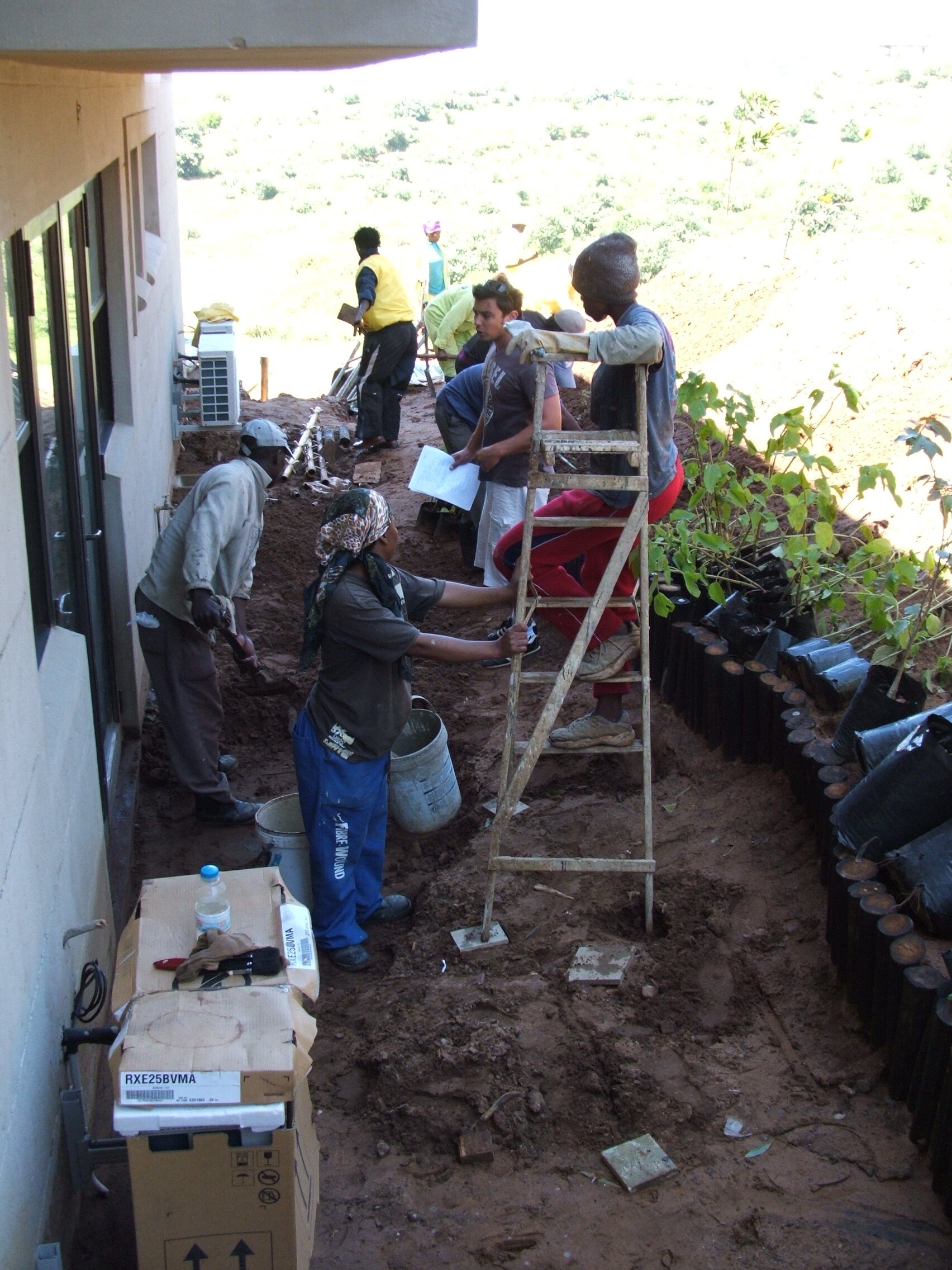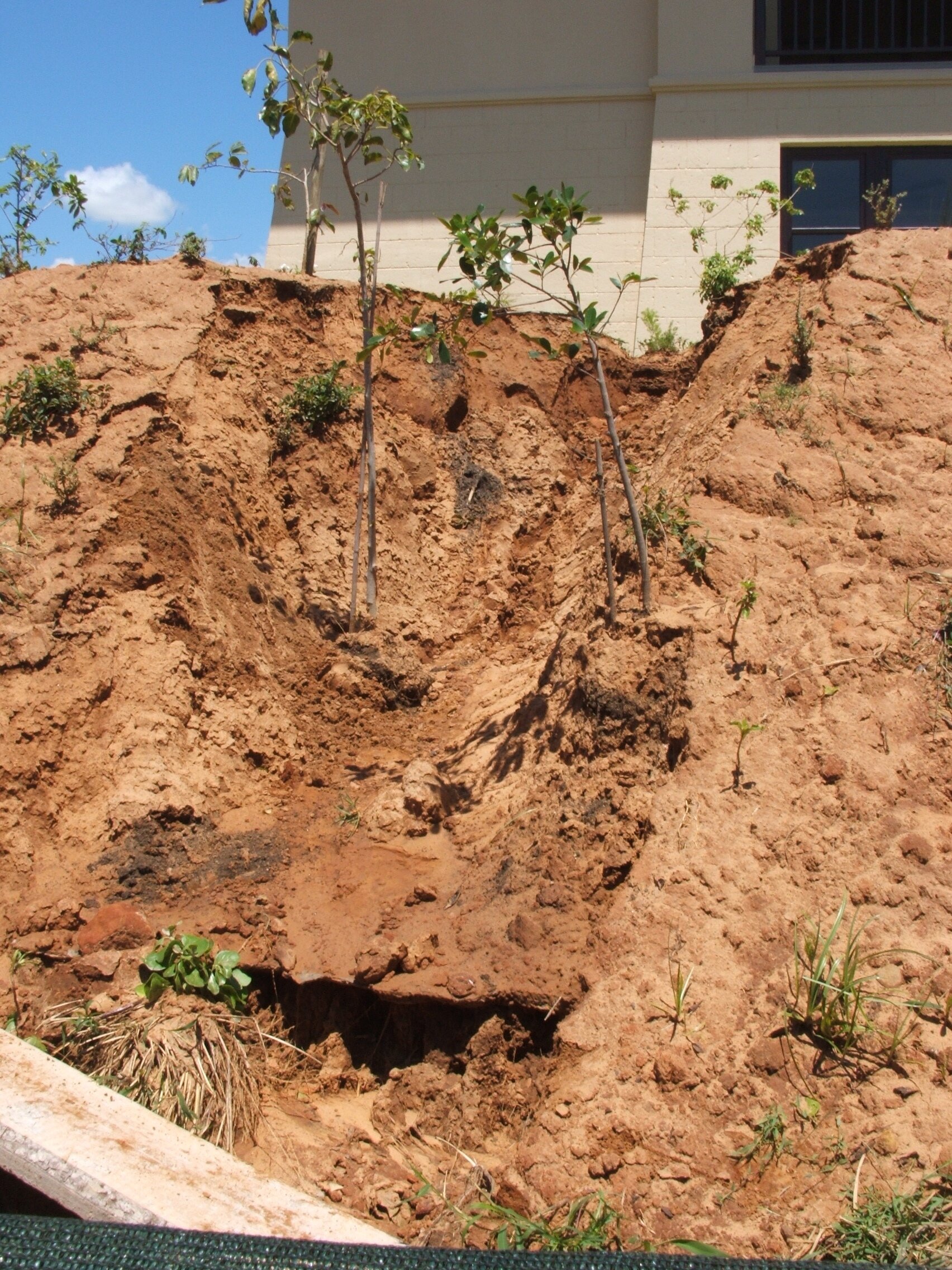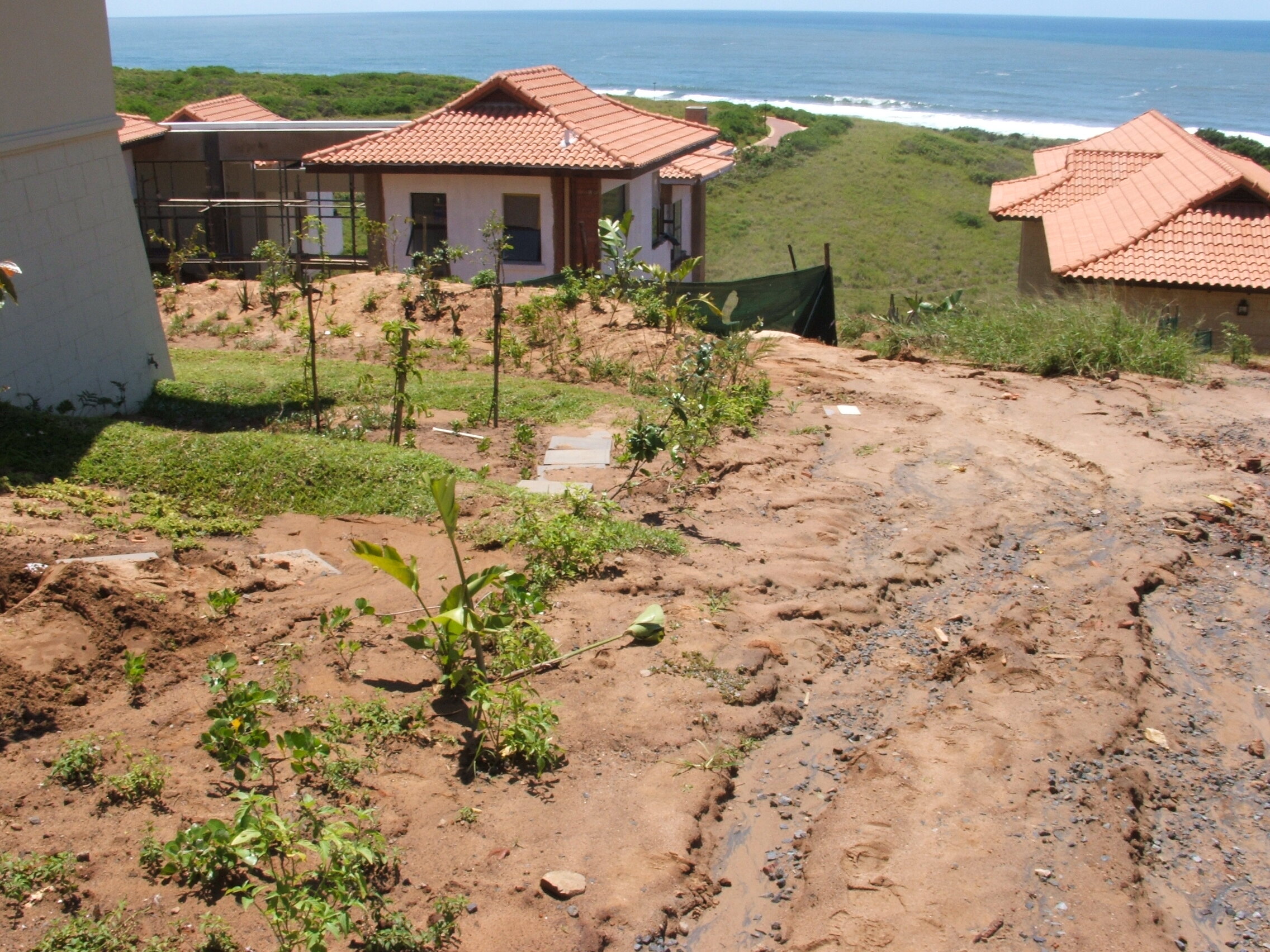Top Soil is Gold!
If you’re moving into a newly built or renovated property you’ll want to take a close look at the soil before starting with garden development. We have found that most soils on the coastline , are like sea sand, which creates surface tension and leads to water run-off . We’ve been called in to repair some devastatingly damaged landscapes as a result of this. Before you plant a single plant, let’s get the soil ready!
Condition the Soil
Healthy soil creates healthy plants, and when your soil is healthy there is less need for fertilizers and pesticides. In order to condition and improve your soil, to prepare it for planting, you’ll need to add organic matter in the form of compost and or manure. Adding such organic matter will nourish the soil and will also help balance the air spaces in the soil, providing the plants with the right amount of air they need to thrive. The organic matter enhances the water holding capacity of these sandy soils too. And to top it all, having organic matter in your soil provides a long list of advantages for good soil micro-organisms to flourish and create a live soil that provides ideal nutrients to your plants.
You will also want to add some fertiliser to replenish some of those nutrients that your soil needs. We like to do our garden feeding with organic fertilisers. By using organic products, we are gentle on our environment, ensuring the products we use do not burn or destroy the micro-organisms which are the building blocks of healthy soils.
Choose Plants Wisely
Plant choice should firstly always be relative to the area you reside in. Plants that are not right for your area, will not thrive and their weak root system will not be able to hold the soil well.
Planting indigenous plants, and ones that are native to your local area, will mean the roots will flourish, and hold the soil well.
Planting more trees will also help hold the soil, as their root systems are extensive.
Implement Storm Water Control Measures
Once your soil has been well prepared, we then need to look at the various measures we can put in place to control how and where the water runs off to. To start with, try to reduce your paved areas, allowing the water from rains to absorb into the ground rather than sit on the paving stones. The water has no way of escaping through. Instead, it causes sheets of flooding waters in heavy rains which in turn causes a wash-away of any soil that it runs into. You can opt for porous paving, brick blocks or lawn blocks with gravel between pavers instead of cement, as this allows the water to soak into the ground around the paved areas.
Stormwater drainage in the forms of pipes and gutters is also of optimum importance here and it is absolutely vital that this is addressed during the building process. .Architects and engineers submit detailed stormwater plans with the house plans for approval from the local authorities . Even so, one needs to anticipate heavy rain downpours on to the garden A thorough inspection of the lay-of-the-land needs to be done to correctly assess how any water that is not captured into the designed stormwater system is handled. And this is where the expertise of you as the gardener and or landscaper/ homeowner come are required. Remember – topsoil is GOLD . One needs to anticipate rainwater run-off and put special landscape measures in place to slow the water runoff down so that it does not cause topsoil wash-aways. There are many techniques you could use . If you’re moving into a newly built home ensuring that the soil levels around the house are cut and created with rain stormwater in mind. Other topsoil saving and stormwater control measures include creating soil berms to channel stormwater, covering the soil with a hessian blanket to assist hold the topsoil, there are even special diamond plastic pockets that one can buy and install for steep slopes to save the topsoil.
Mulch Your Garden Beds
The final step in protecting your soil is to cover your beds with mulch. Mulching is the process of covering your topsoil with organic, degradable plant matter such as grass, twigs, leaves, crop residue, hay, wood chips and dry leaves. This helps to slow rain stormwater down thus reducing the scouring away of your topsoil . It also improves the capacity of the soil to store water. Read more about mulching and how to do it here.
These above are some examples of the incredible damage that can happen to your landscape if you do not prepare the soil well.
For assistance in preparing the soil for your new garden or improving that of your existing garden, let the experts at Eco Balance Landscapes help! Contact us today.





